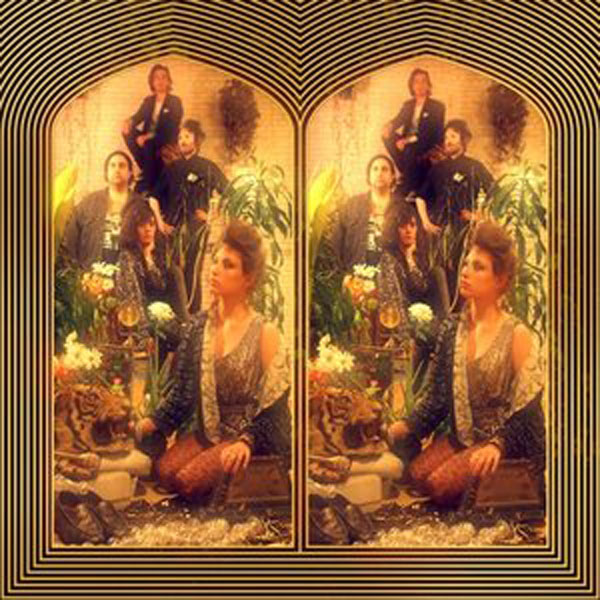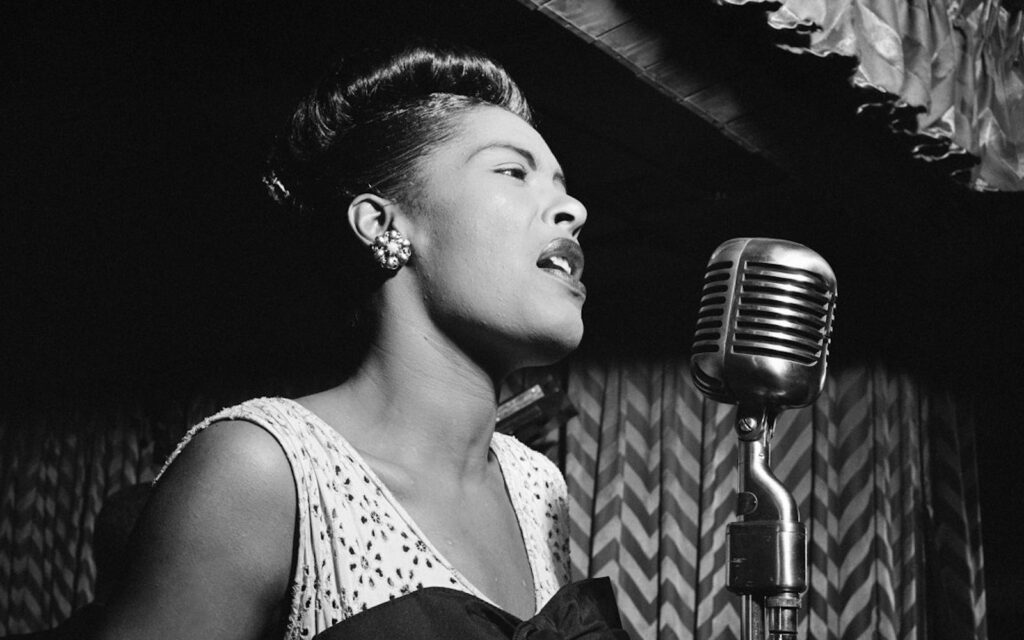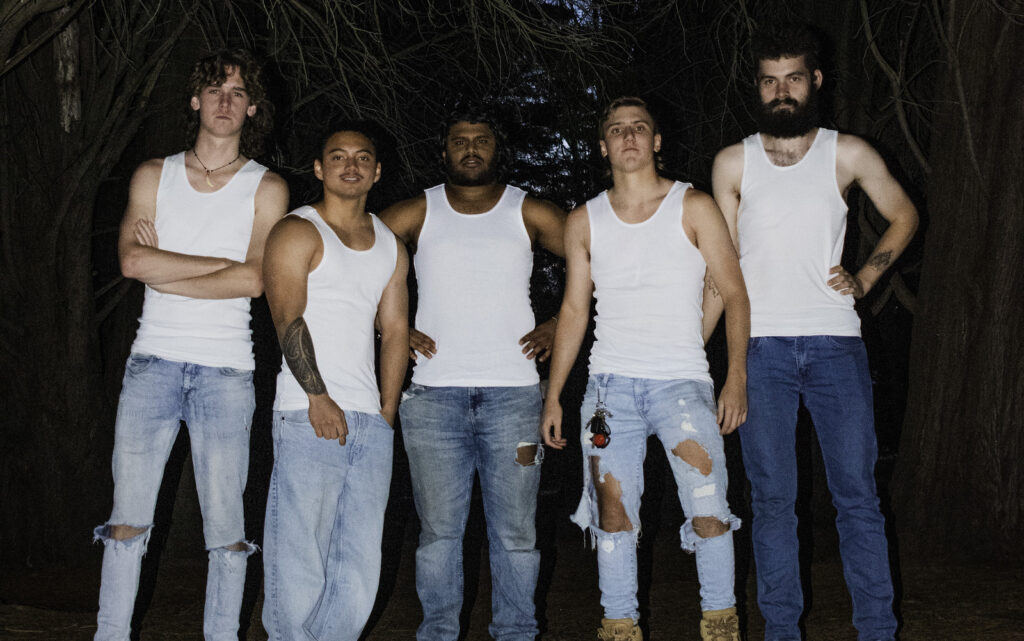“It took me moving to New York and then back to LA to appreciate all the things I had growing up in LA or the things that were right in front of me,” Church recalls. “I had never surfed before even though I’d lived my entire life in LA, but when I came back to LA I started surfing. It was funny because it took a bunch of perspectives for me to appreciate things. So since I moved back from such an intense urban environment it’s like I appreciate all these things geographically that California has to offer, and space.”
Church had grown up in a musical family with both his father and brother Henry accomplished percussionists. “My dad studied African percussion at CalArts in California, so we’d always grown up on music. As a family we’d always been a huge appreciator of music, and we were encouraged to play music at a young age.” Church had learnt piano at a young age, and wrote his first tune in high school. “No has ever heard that song, and no-one ever will hear that song!” he laughs.
Church’s impaired sight had begun to correct itself when he was 11, when the rods and cones – the photoreceptors that act together to capture images – in his retina naturally began to gravitate back together. “It’s more common than people think,” Church says. “They can either move further away, in which case you go blind, or they contract and move closer together, and your eyesight slowly improves, which is luckily what happened with me.”
At college in New York Church recorded a few tracks under the moniker White Arrows, without ever giving the idea of forming a ‘real’ band serious attention.
“Afterwards when I found that people were kind of liking the music, I decided to give it a real shot,” he says. Back in Los Angeles, Church hooked up with his brother Henry on drums, Andy Naeve on keyboards and electronic beats, JP Caballero on guitar and Steven Vernet on bass. “Now all the songs are pretty well written by me and Andy,” Church says. “It’s a lot better in my opinion to be able to bounce something off someone. If you’re alone in your own head you tend to second guess yourself a lot unless you’re very assured, which I’m not – I’m a Gemini, and I’m constantly having arguments in my head whether something’s good, bad, right or wrong,” Church says.
The process for creating White Arrows’ eclectic music typically begins at the house Church shares with Caballero in LA, with a simple bass line, melody or beat providing the catalyst for wider creative exploration. “JP describes the process as each song being like a rock tumbler, and you put the song in there and keep tumbling and tumbling until finally at the end of it this jagged rock becomes a smoothed out, semi-precious stone,” Church says.
Eventually White Arrows had enough material to release its debut album, Dry Land Is Not a Myth. “It was JP’s idea to give it that title,” Church says. “We never really discussed what it meant to JP when he had the original idea, but I like that we all have our own different interpretations. To me it means that the earth that we’re on is a very physical and tangible thing, but it doesn’t need to define where you are, or what you should be doing.”
For production of the record, Church approached André Anjos from the Portland-based Remix Artist Collective (RAC). “It was a really interesting process,” Church says. “We’d form the song, and then send it over to him in Portland and then he’d add a few things and then send it back. He’d add some synth stuff, and some cool percussion on some songs. It was really perfect, and it was exactly what I wanted in terms of a collaboration with someone else. Those guys are immensely talented.”
Church says White Arrows prides itself on trying to create a different sensory experience on stage to its recorded product. “We’ve been told it’s completely different,” Church says. “It’s a full band, so it’s really rocking. You can tell what songs are being played, but we play them differently live than on the record. We also play live with a bunch of visual projections, a lot of flashing lights and fog, so it’s like a sensory overload rather than just hearing the songs as they sound on the record,” Church says. Given all of that, what’s the intended cognitive response from the audience?
“The only thing is that we’d like it be the least intellectual experience possible,” Church says. “Come in and turn your brain off and whatever comes to you should be exactly what we intended for you to experience. I don’t think there’s any specific, but just come in and let go for a while.”
BY PATRICK EMERY







